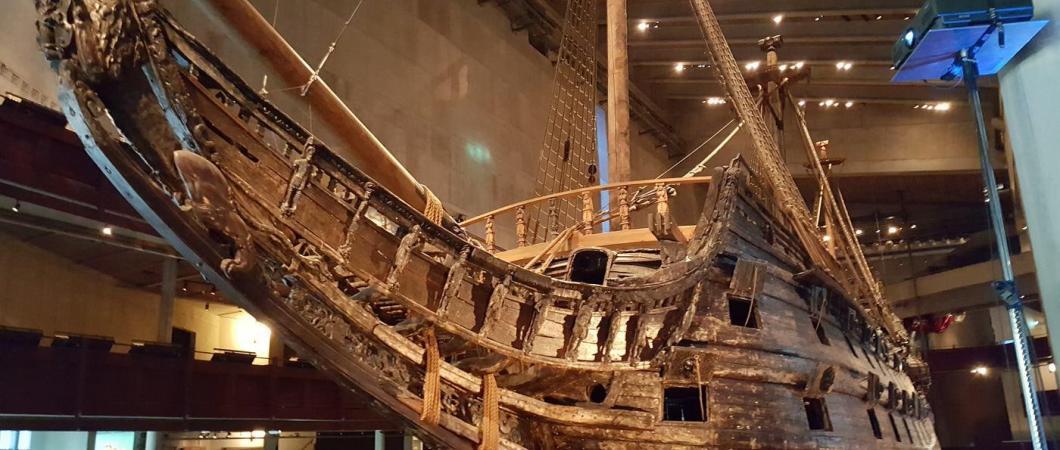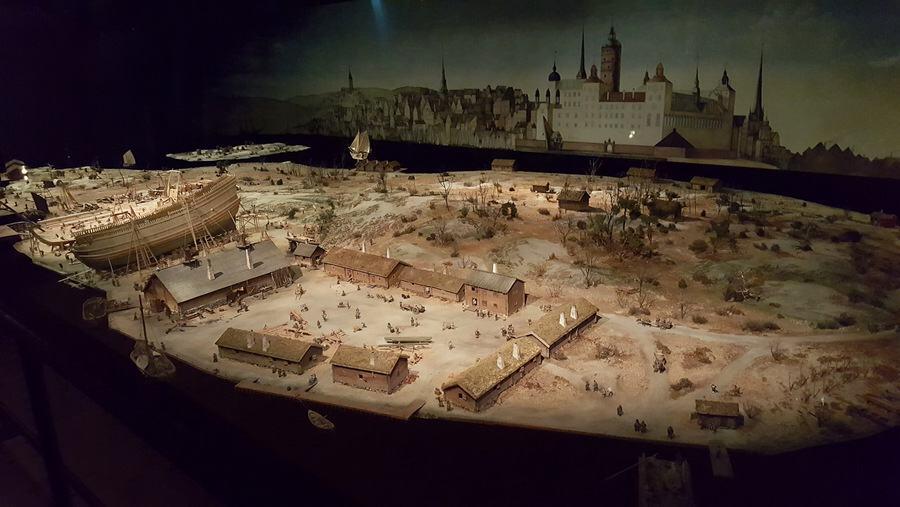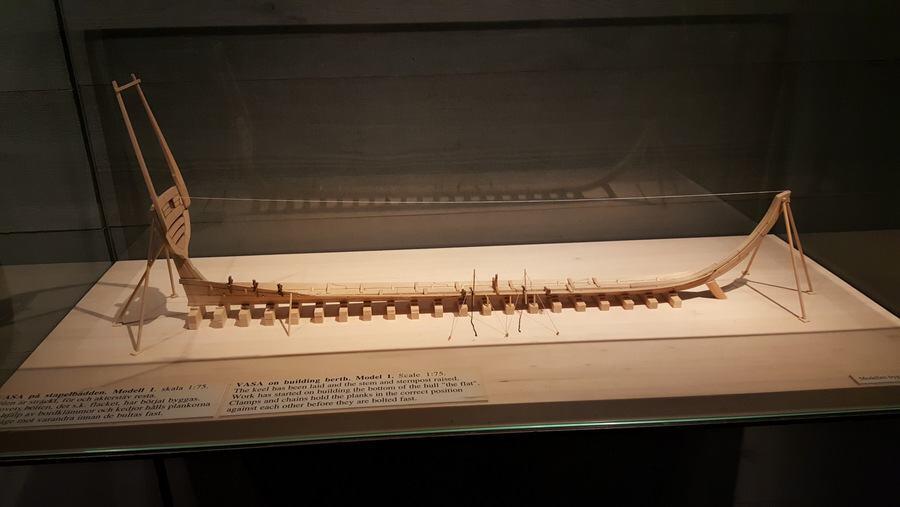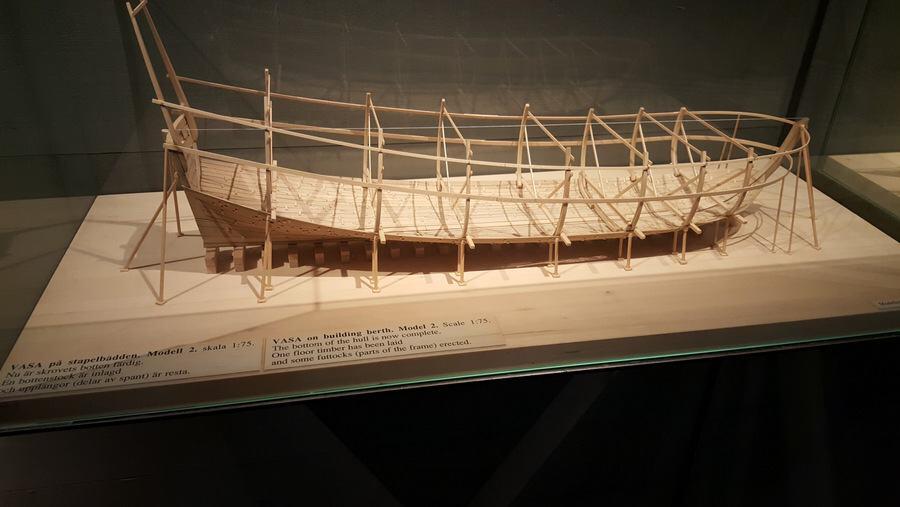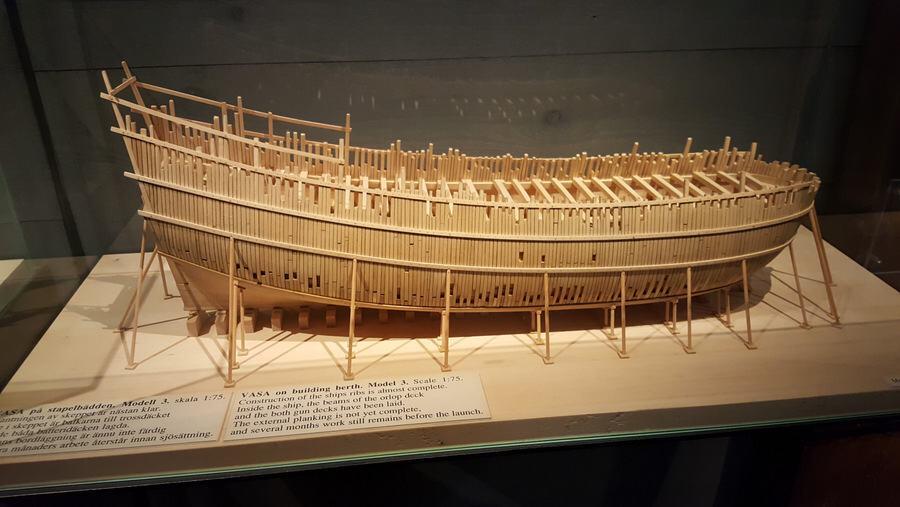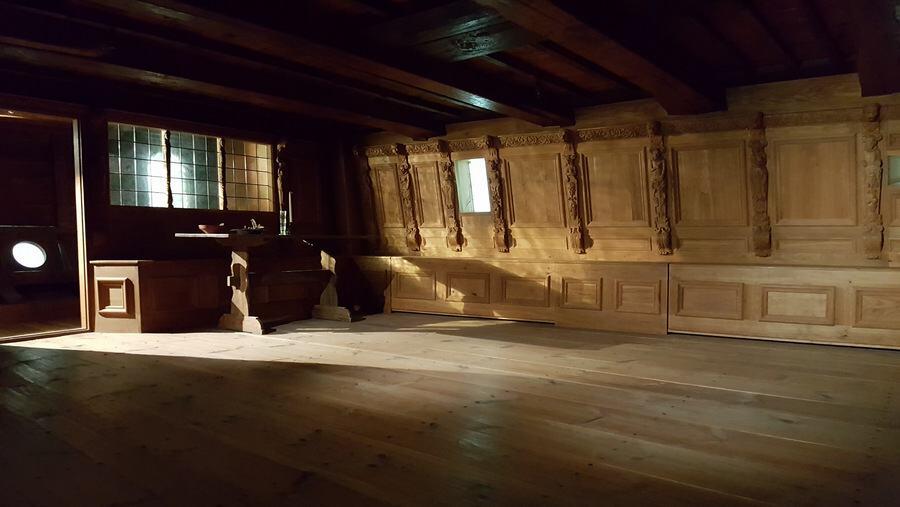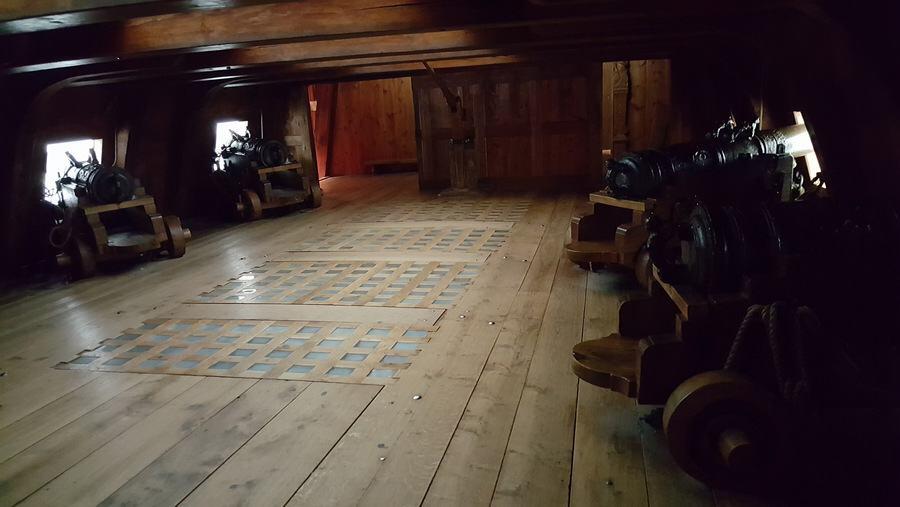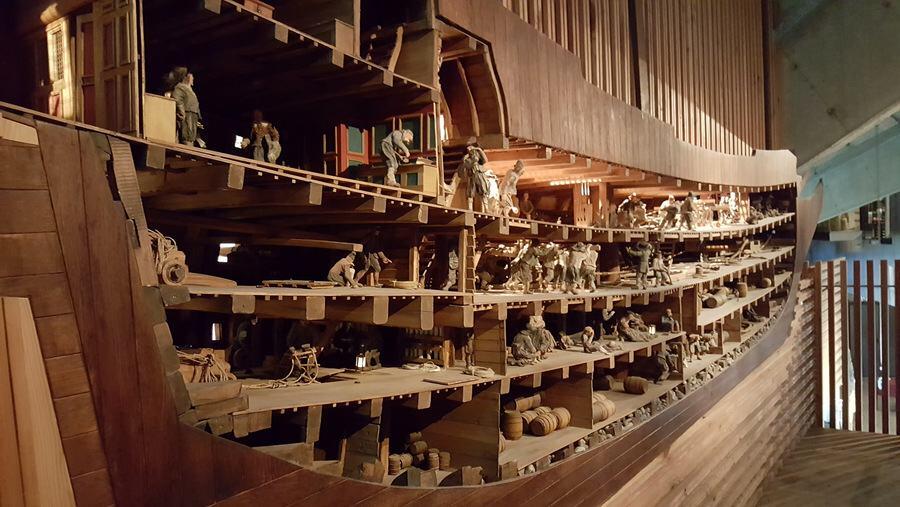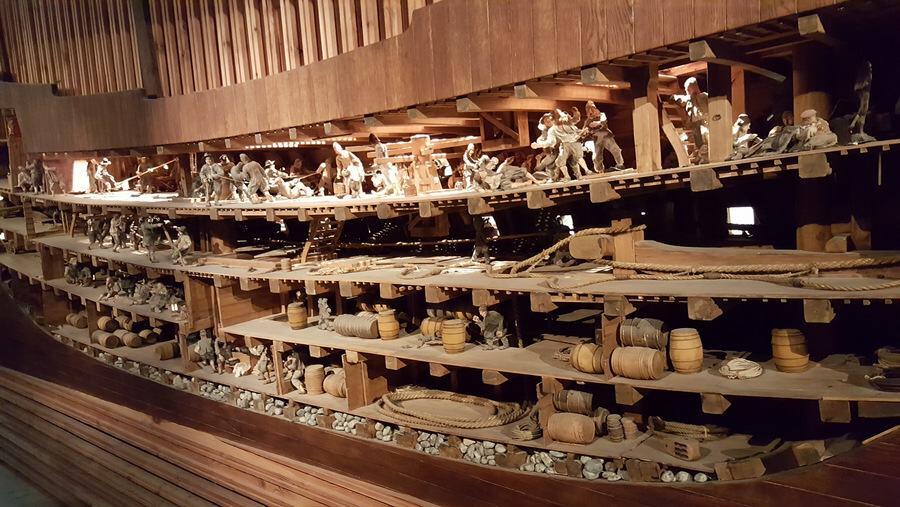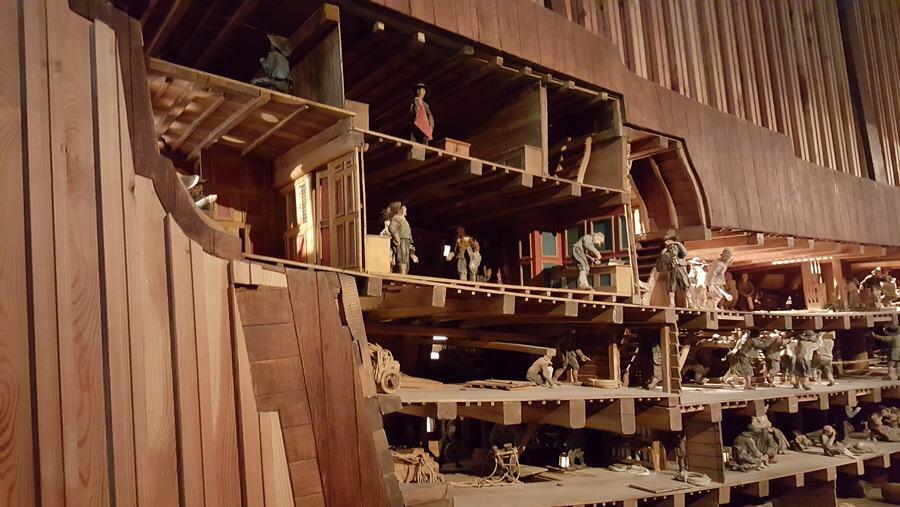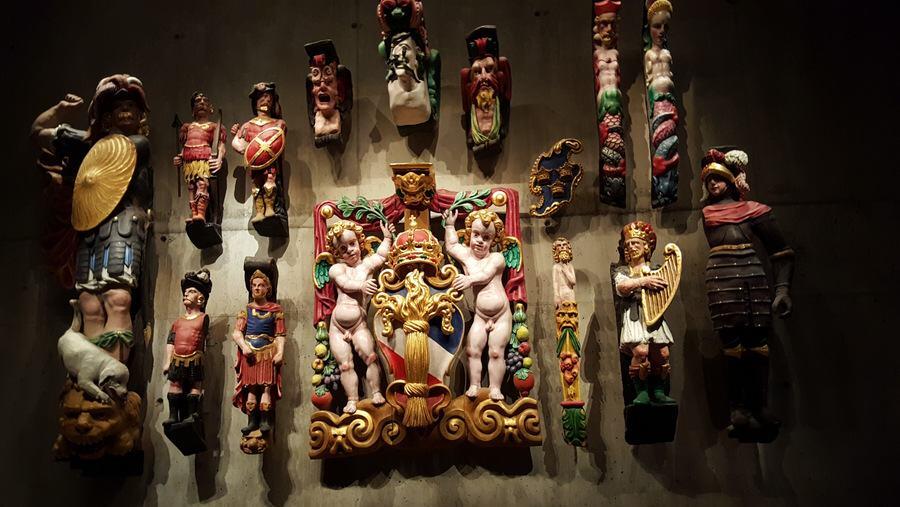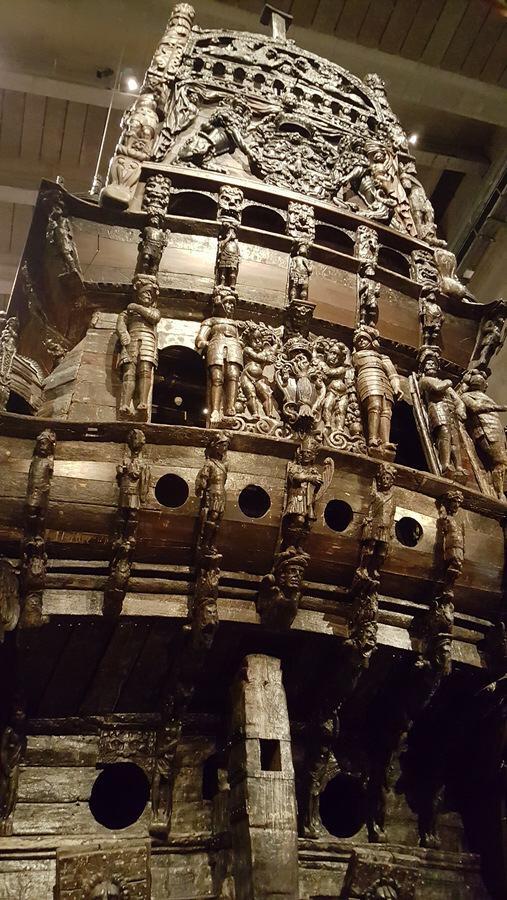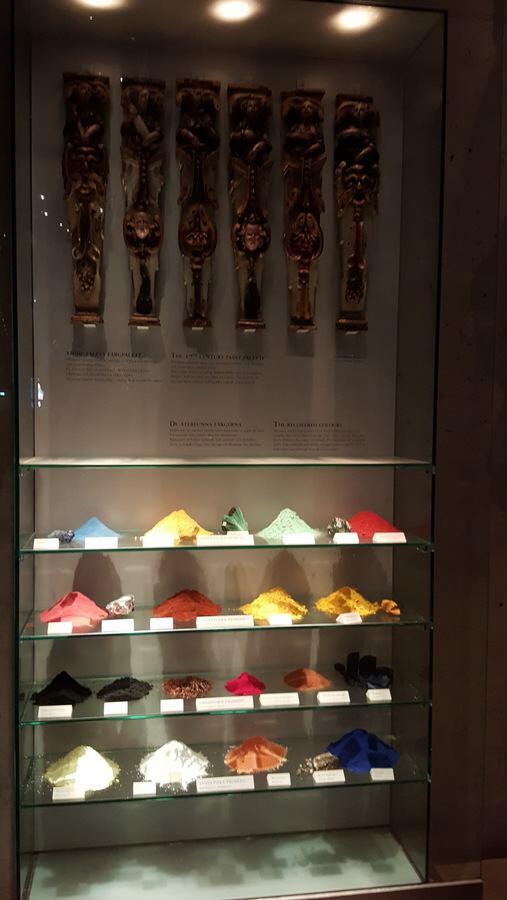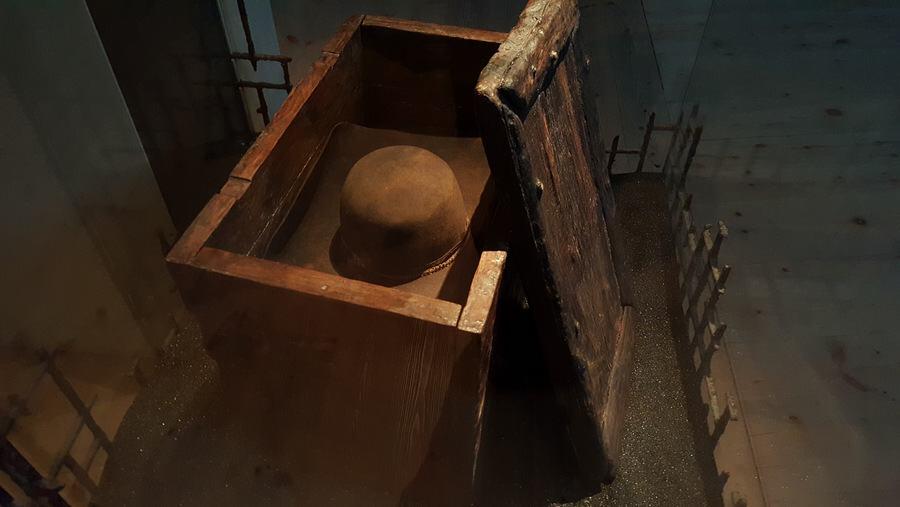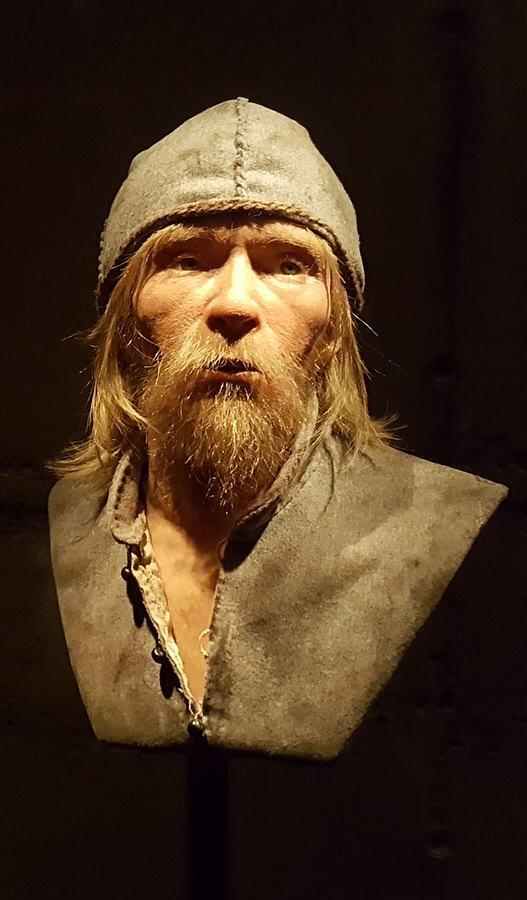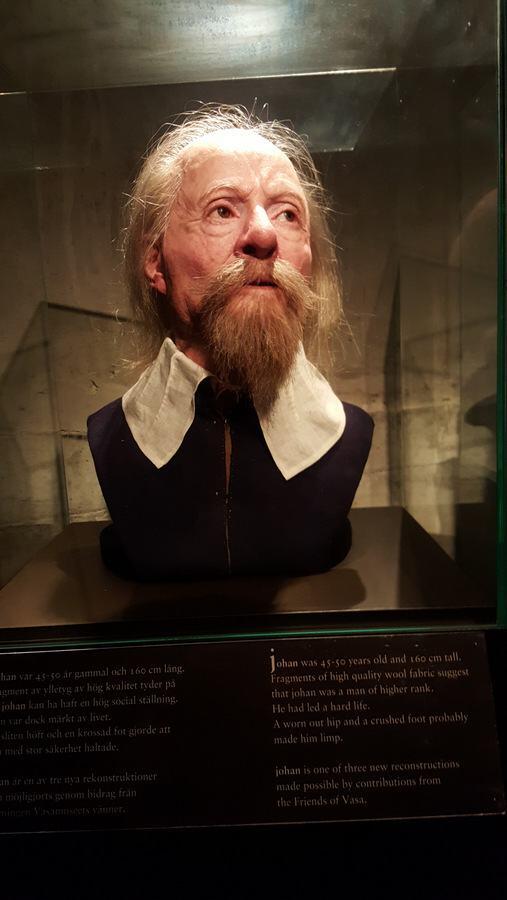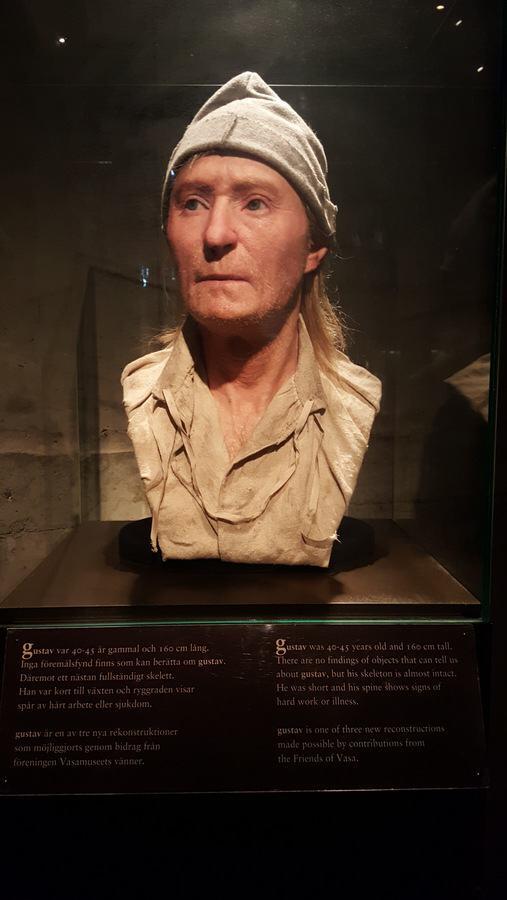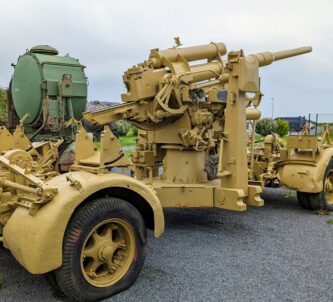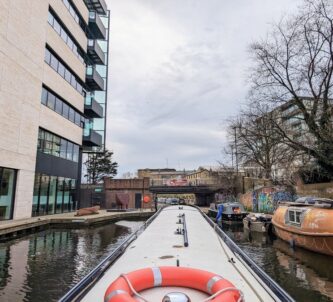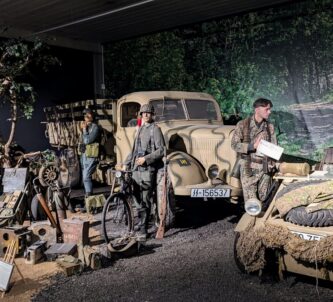Nobody visits Stockholm, for business or pleasure, without visiting the Vasa Museum, and that’s as it should be – the Vasa is, without doubt, one of the great treasures of the world.
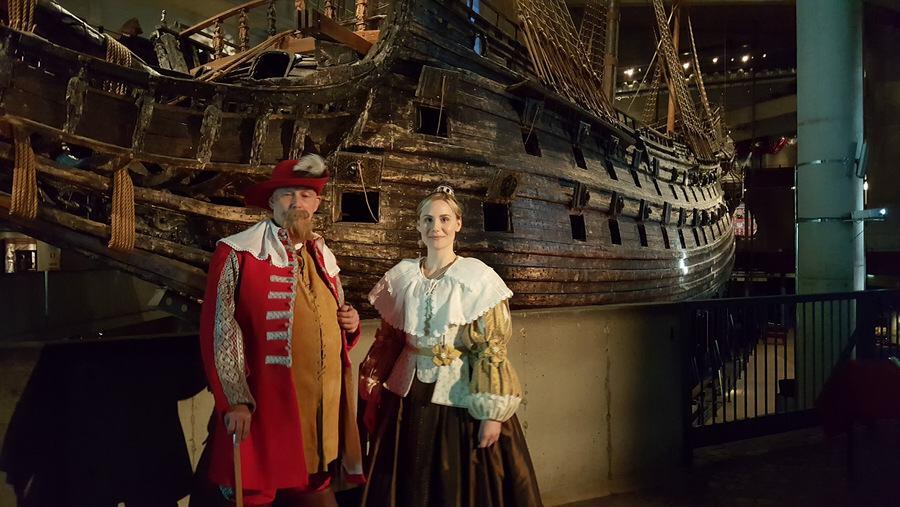
The story
The Vasa was King Gustavos Adolphus’ brand new flagship for the Swedish Navy (which at that time was a big deal) when she set sail on 10 August 1628, for the very first time. Unfortunately she had nothing like enough ballast on board and was dangerously top-heavy, so she barely got a kilometre into the harbour on her maiden voyage when a stiff breeze heeled her over so far the open gun ports on her lowest gundeck took in water and she foundered right in front of the King, courtiers, and population of Stockholm, sinking in 32m (105 ft) of water only 120 m (390 ft) from shore. Of the 150 people onboard (100 crew plus guests), about 30 died… and a large cat.
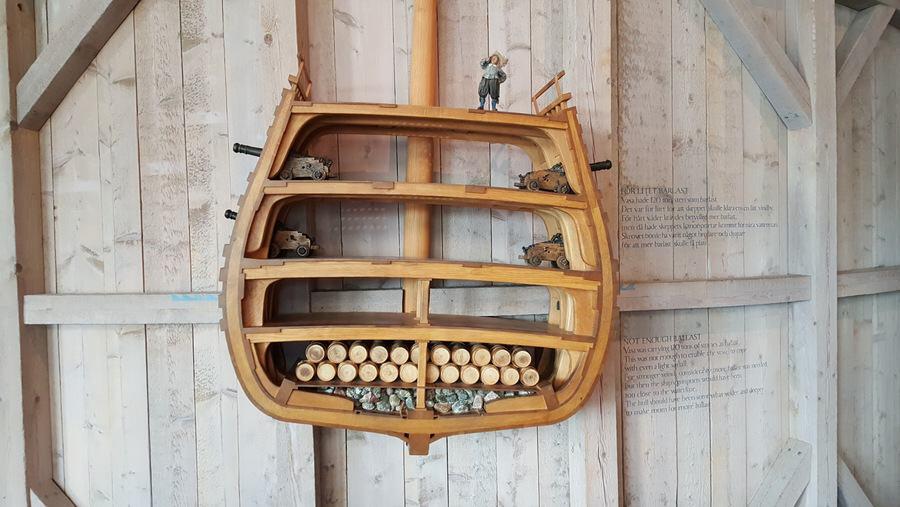
That was pretty much that until she was discovered again, buried in silt on the harbour floor, in the 1956. She re-surfaced on 24 April 1961 after a long and painstakingly delicate salvage operation, and dry-docked for repair, restoration and viewing in a building that didn’t really show her off to her best. So in 1988 she was moved to the current purpose-built museum on Djurgården island which opened to the public in 1990.
So what’s there?
The Vasa herself is, of course the star of the show. When you walk in, she’s there in front of you and you are overwhelmed by two things: her size, and how good she looks. She dominates the whole museum and is the very definition of a time-capsule. She looks as though, if you re-rigged her masts and flooded the dock she sits in, you could sail her back out into Stockholm’s harbour!
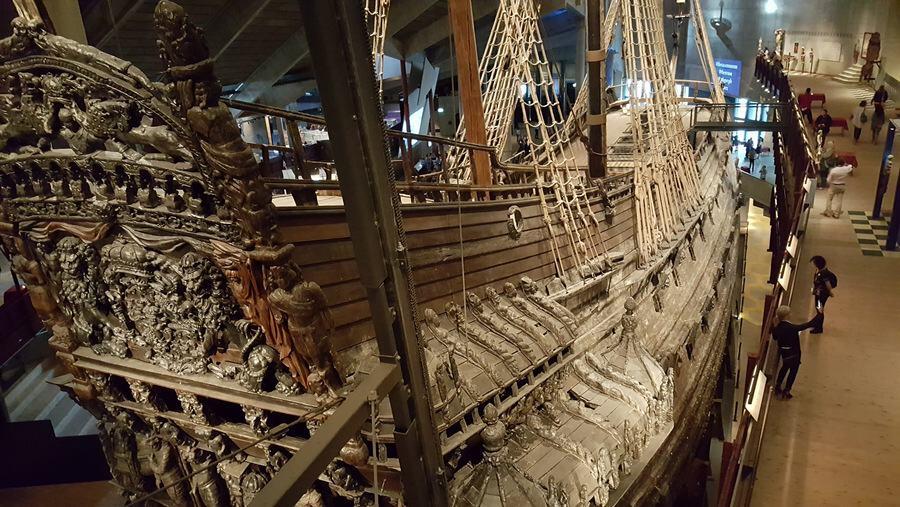
You couldn’t of course. Once you begin to look closer you can see how those three centuries under water did her little good, but she is probably the best preserved wreck of her era and the state of her ornate decorations is truly amazing.
The museum is purpose built to show her off, so you can see her from every perspective; from ground-level (the waterline), from underneath, and from the balconies at her main deck level and above, which are set alongside (starboard) and at a distance (port).
And in all these spaces there are artifacts from the wreck itself, models/reconstructions, illustrations and explanations of what life was like (albeit briefly) on board, how she was built, how she came to founder, and her subsequent discovery, raising & restoration.
The recreation of the upper gun deck, steering position, and especially the Great Cabin (senior officers quarters & stateroom) makes it clear just how cramped life was on board. Ok, people were on average shorter in those days, but we know from the skeletons found on board (more later) that many of the crew were about my height, and I would have spent my time in the Great Cabin (see what I did there? Of course I would be in the Great Cabin! Where else?!) stooped over and banging my head every other moment. The intricate cutaway models of the overall ship, show that it was cramped throughout.
One really interesting display is on the balcony just by the stern of the ship with her beautiful carvings. Here they explain the symbolism of the characters, show how they would have looked when painted and new, based on the tiny colour particles the restoration experts found, and go into the elements/materials used in the manufacture of the paints themselves.
Among the artifacts from the wreck are things you’d expect, like the cannon (they always survive!), coins, cutlery and other metal objects, but because so much was conserved by the cold, brackish waters of the Baltic, which are hostile to wood-devouring marine organisms, other items made of wood, cloth & leather also survived, including six of her ten sails, food & drink stores, and personal items such as games (Backgammon) & pipes are displayed, giving a poignant glimpse into the lives of those on board.
There is a display of clothes worn by typical seamen of the period and the contents of a wooden locker, previously un-opened since the owner placed his large brown hat on the top of the shoes & gloves already inside.
The most poignant displays are to be found on the lowest floor of the museum by the Vasa‘s keel. Fifteen skeletons were found with the wreck, not all crew members – there were two teenage girls thought to be daughters or girlfriends of officers. Several of the skulls have been forensically re-constructed to convey their features and likely hair. The result is haunting. These recreations put real people at the heart of the Vasa tragedy.
Declaration: I was there as a guest of the Vasa Museum.
Factbox
Getting there:
Vasa Museet, Galärvarvsvägen 14, Djurgården, Stockholm.
The easiest way to get to the museum is by tram. From the city centre, Hamngatan/ Kungsträdgården, take the S7 tram towards Waldemarsudde and get off at the stop opposite the Nordiska Museet labelled ‘Stockholm Nordiska Museet/Vasa’, but you can walk the same journey in about 20 mins. The 67 bus also arrives there via a long route from the north-west of the city.
The museum is on Djurgården island. Getting there is easy. You can get there by foot from the city centre, or by bus (Wessex Connect 506 runs from Temple Mead station), or by bus & ferry (First buses 357, 358, 359 to the Hotwell Road stop and use the Cross-Harbour Ferry).
Price:
Adults: 130 SEK (£11.95)
Wednesdays (1 Sep-31 May) at 17.00-20.00: 100 SEK (£9.20)
Students: 100 SEK (with valid student ID showing expiry date)
Children and young people 0-18 years: free of charge
The Stockholm Pass – which gives free access to some 65 attractions, tours and excursions in the city – gives you free access to the Vasa Museum (and a 20% discount on the ABBA Museum five minutes away).
Opening Hours:
1 June – 31 August: Daily 8.30-18
1 September – 31 May: Daily 10-17 (Wednesdays 10-20)
New Years Eve open 10-15
The museum is closed: 1 January and 23-25 December.

